Easy Canned Alaska Pink Salmon Salmon Cakes With Crushed Croutons
The glaciers in Alaska are melting. In fact, they're melting faster than any other glaciers on the planet.
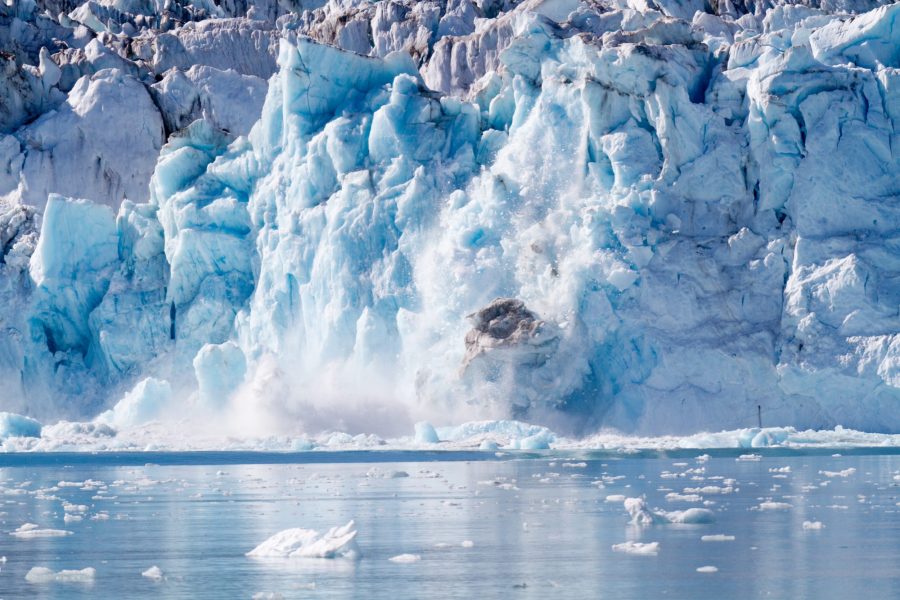
From providing fresh water to regulating the Earth's temperature, glaciers are essential to our ecosystem. Their loss has devastating effects on the ocean and ecosystems surrounding it — and the entire planet. As Alaska's glaciers melt, our environment and way of life will be significantly impacted, so we need to pay attention to what's happening. This article will take a closer look at the glaciers in Alaska, how their loss affects the state and the world and what we can do to protect them. But first, let's learn what glaciers are and how they form.
How Are Glaciers Formed?
Glaciers are immense masses of ice that form when snow falls over a long period. As layers of snowfall pile up on top of each other, the air between crystals is squeezed out. Compression of the ice causes it to recrystallize, forming dense blocks of ice that are moved by gravity down mountain peaks or across vast regions of land.
The glaciers grind against the rocks below them as they move, which picks up sediment they then deposit in other places. It is a process known as glacial erosion, which can significantly impact the landscape. Many of the U-shaped valleys in the Alps were formed by glaciers that carved out these distinctive features over thousands of years.
Over hundreds of years, glaciers slowly grow in size as more snow and ice accumulate. However, if they lose mass more rapidly than they gain, glaciers can also shrink — and rapidly.
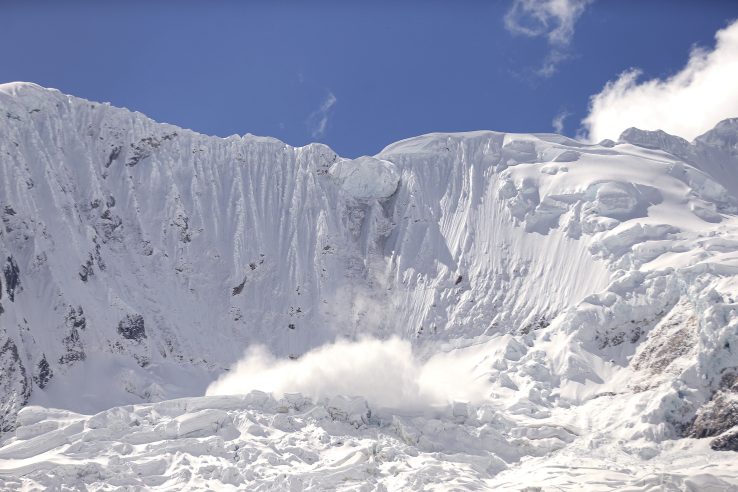
Glaciers can lose mass in various ways, such as melting, calving (when chunks of ice break off) or evaporation. Yet as a result of climate change, each of these processes is accelerating.
The satellite era has given us a picture of these accelerating ice changes across the Earth – from Alaska to Peru to the Antarctic – where the loss of land-based ice contributes to global sea-level rise. Despite only accounting for 1% of the world's ice volume, melting glaciers are responsible for nearly one-third of the amount of sea-level rise.
There has been a dramatic rise in freezing level height (FLH) in recent years due to the rapid warming of air temperatures. If this trend continues, the FLH will be above the peak of the ice cap by the mid-2050s, resulting in further melting and eventually the glacier's disappearance.
Melting in the tropics may not be unexpected given global warming, but it is also having an impact elsewhere. Among the most notable melting areas is Alaska, where glaciers are melting beyond all expectations, contributing to an astonishing 25% of global mass loss.
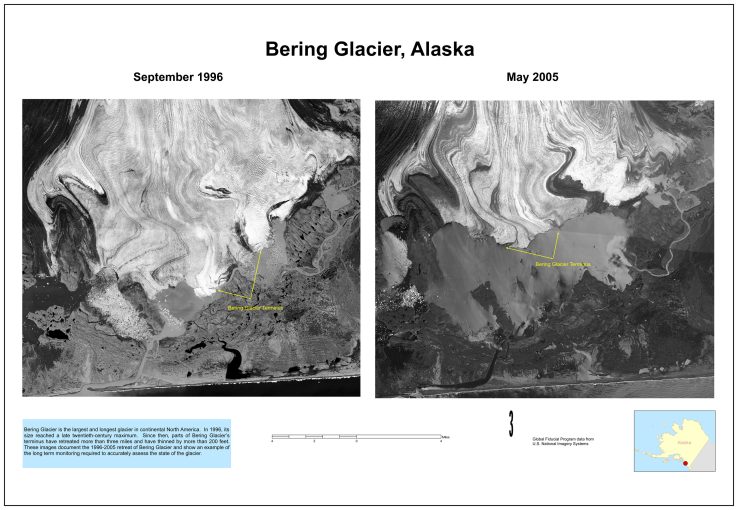
Glaciers in Alaska Today
Alaska has more glaciers than anywhere else in the United States. The state boasts over 100,000 glaciers, about half of the world's glacier population. The state's glaciers are not only numerous but also among the largest. Alaska is home to the Bering Glacier, the longest glacier in North America at 126 miles. Ice sheets like these play a critical role in the state's ecosystem, providing water for rivers and streams and regulating the local climate.
Unfortunately, Alaska's glaciers are thawing at an alarming rate. From the 1950s to the mid-1990s, melting ice flooded rivers and oceans, resulting in sea levels rising one-tenth of a millimeter each year. Now, the same glaciers are raising levels twice as quickly.

Reading the numbers is one thing, but seeing the real impact is another. If seeing is believing, images taken by the Extreme Ice Survey make it clear how serious the Alaskan glacier melt is. The program takes a picture of a glacier every day during daylight hours using cameras stationed at 24 glaciers. One of the most dramatic ice losses in the world, Alaska's Columbia Glacier, can be seen in the image above.
Columbia, one of the fastest moving glaciers on Earth, has retreated about 15 miles from its initial position as of 2021, losing more than half of its total thickness and volume. And according to researchers, it could be gone entirely in the next couple of decades.
Another dramatic display of glacier loss is the recession of the Muir Glacier in Glacier National Park in Alaska. Named for John Muir, the "Father of the National Park System," this glacier has experienced rapid, well-documented retreat. Muir Glacier receded about 20 miles from 1892 to 1980, including a rapid five-mile retreat during one 10-year period. During the period 1941 to 2004, the glacier's front moved back about seven miles, and its thickness decreased by nearly 2,625 feet.
The loss continues. Alaska's glaciers have lost 75 billion tons of ice per year in the last few decades, equivalent to about 50,000 Empire State Buildings.
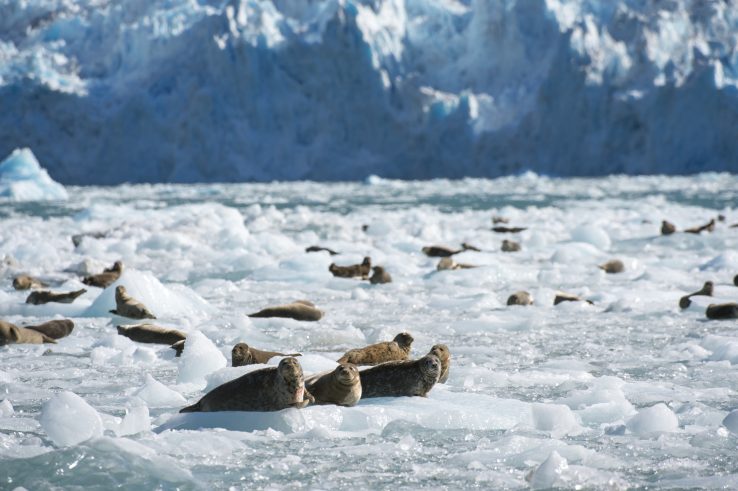
Glacier Loss and the Alaskan Environment
As Alaska's glaciers play an essential role in the state's ecology, melting ice from the glaciers dramatically impacts the state's environment.
Changing ocean temperatures affect fish and wildlife habitats important to Alaskan subsistence, tourism and recreation. Warm waters disrupt marine fish species, potentially leading to ecosystem changes and the eventual relocation of fisheries. Additionally, warming contributes to ocean acidification, threatening fish and crab populations.
Melting glaciers is also disturbing the region's topography. In addition to providing water for rivers and streams, glaciers act as a natural buffer against coastal erosion. As arctic sea ice retreats and the sea level rises, storm surges and erosion increase.
Weather conditions in Alaska will be affected as temperatures continue to rise. There are more extreme weather events occurring, with flash floods occurring in coastal regions after rains overtake glacial lakes. Another trend is the increase in earthquakes. As glaciers melt, the land rises and previously sutured faults begin to unclamp. As a result plates, are disrupted causing earthquakes.
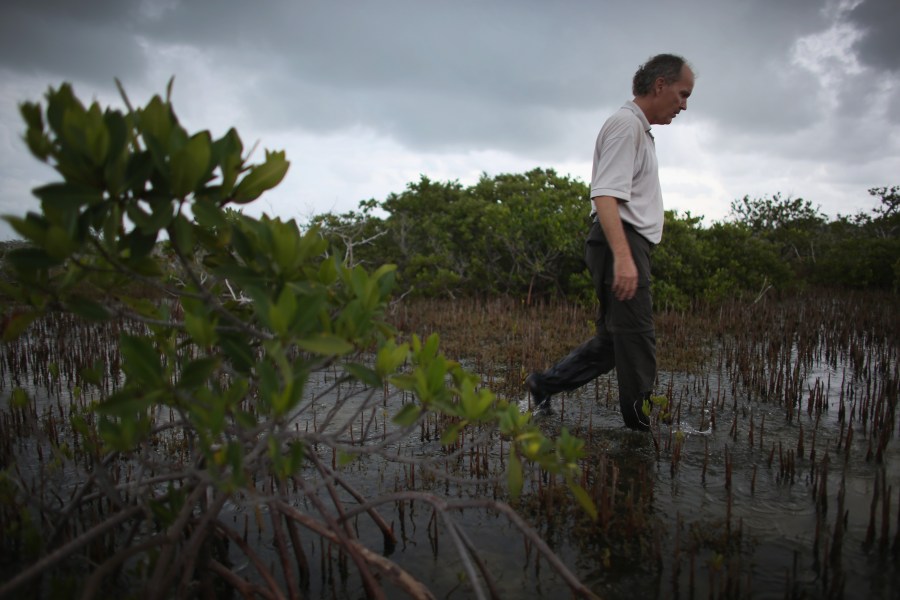
Glacier Melt and the Global Environment
The problem is not confined to Alaska. Around the globe, glaciers melting is affecting the environment in many ways.
One of the most significant impacts is sea level rise. Globally, sea levels have risen by 25-30% as a result of glaciers melting. Over the ten years between 2006 and 2016, 335 billion tons of ice was lost annually, resulting in an increase in sea levels of almost one millimeter per year. Rising sea levels harm coastal wetlands, salt marshes and mangrove swamps and cause flooding and damage to aquatic ecosystems.
Melt raises the sea level and changes the ocean's composition. As glaciers melt in the Arctic, lighter freshwater enters the North Atlantic. This disrupts the thermohaline circulation, a pattern of ocean circulation that relies on salty, cold water sinking. As the warm water from the south can no longer circulate up to the area, ocean and air temperatures can drop by 5 to 10 degrees Celsius.
In addition, the freshening of the ocean could disrupt its capacity to hold carbon dioxide (CO2). When humans emit CO2 into the atmosphere, about 30% of that gas is absorbed by the ocean's surface. However, changes in water composition due to freshening can affect the carbon storage in the water, which raises atmospheric CO2 concentrations.
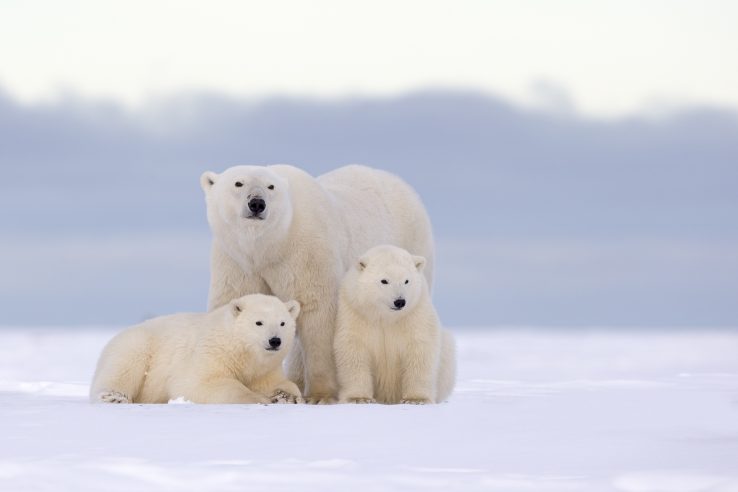
The Impact on Animal and Human Life
Additionally, as the global environment shifts due to the loss of glaciers, wildlife ecologies worldwide are being affected. When sea ice shrinks, animals that depend on it for survival are forced to adapt or die. Many Arctic species — including walruses, reindeer and polar bears — suffer as they are pushed inland. If glacier melt continues, more than 30% of polar bears may disappear by 2050. Plants and animals that depend on endangered wildlife are also at risk.
Humans and animal populations are also increasingly coming into contact with each other — causing conflict in some instances — as wildlife moves into Arctic communities for a safe haven as sea ice disappears.
Wildlife encroachment isn't the only impact humans are feeling. More than 1.9 billion people – or 22% of the world's population – live downstream of snowpacks and glaciers. The basins in these regions provide drinking water, irrigation, and energy production while supporting aquatic ecosystems necessary for many local communities. During glacier melting, these resources are lost, and communities may be affected by the devastating floods that occur as glacial lakes rise.
Globally, glacier loss can have devastating effects on everyone. A special report from the United Nation's Intergovernmental Panel on Climate Change (IPPC) states that the shrinking cryosphere in the Arctic has direct "negative impacts on food security, water resources, water quality, livelihoods, health and well-being, infrastructure, transportation, tourism and recreation, as well as culture of human societies, particularly for Indigenous peoples."
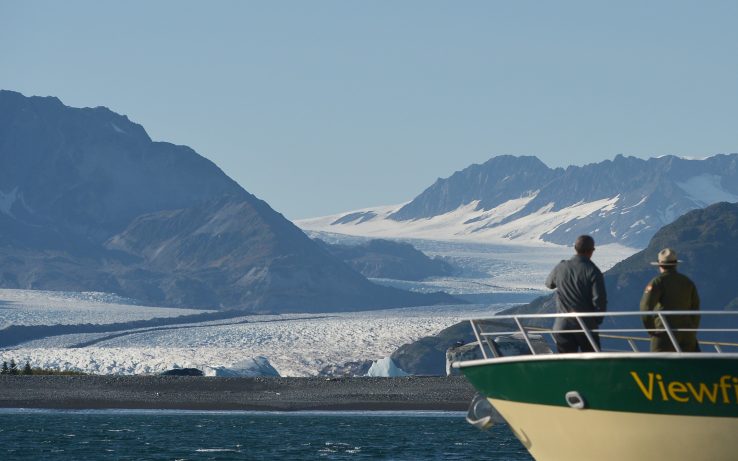
Take Steps to Protect Alaska's Glaciers
Fortunately, many efforts are being made to protect Alaska's glaciers. The state has activated a task force to address climate change, working with tribes and local communities to develop and implement climate change adaptations. The state is also investing in research to better understand the causes and consequences of glacier melt.
Everyone can do a few things to help minimize the loss of Alaskan glaciers, no matter where they live. Here are a few suggestions:
- Become familiar with climate change and its causes.
- Vote for politicians who care about the environment.
- Reduce your reliance on fossil fuels.
- Encourage the use of renewable energy.
- Speak out about the issue and educate others.
By taking these steps, we can be part of the solution to prevent further damage to our planet and slow down glacier loss.
Source: https://www.reference.com/geography/how-fast-are-glaciers-in-alaska-melting?utm_content=params%3Ao%3D740005%26ad%3DdirN%26qo%3DserpIndex&ueid=aaa9adfd-47cb-49be-9ef5-19ab6200a5fe
0 Response to "Easy Canned Alaska Pink Salmon Salmon Cakes With Crushed Croutons"
Post a Comment